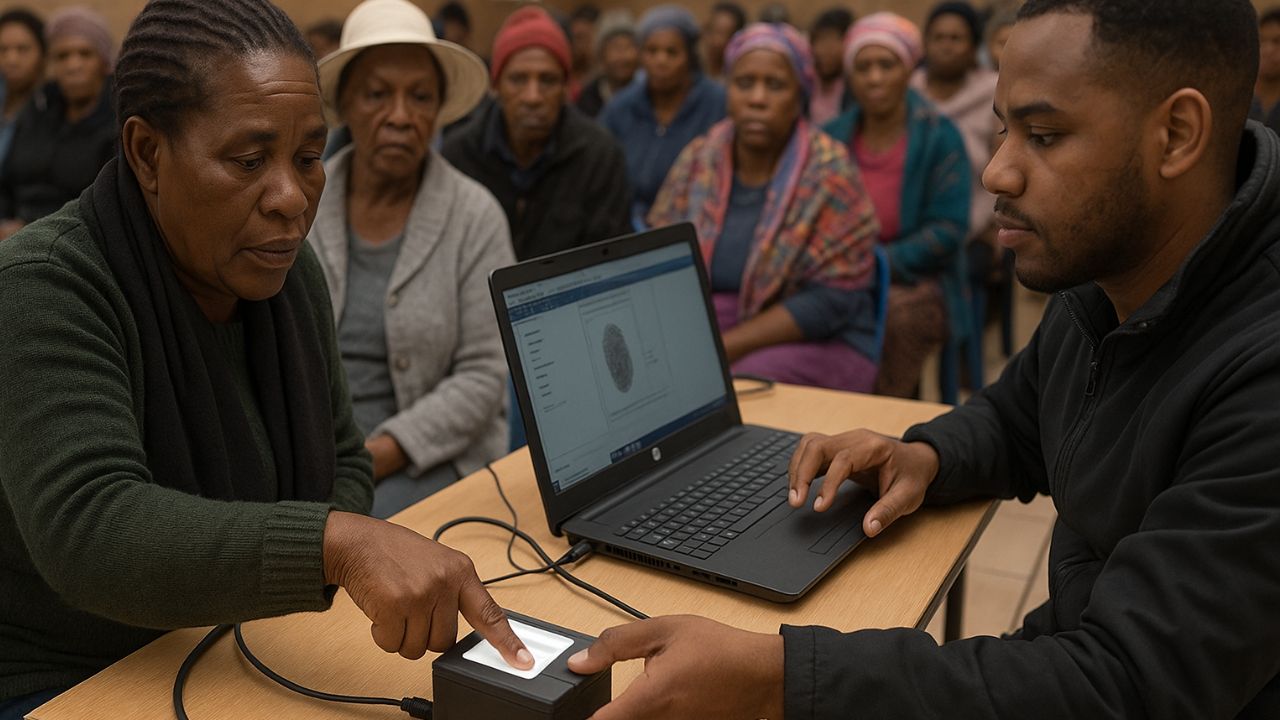
Over 40,000 South African Social Security Agency (SASSA) beneficiaries have successfully completed their biometric enrolment, marking a major milestone in the government’s effort to secure and modernize social grant systems. The biometric verification process, which involves capturing fingerprints and facial recognition data, aims to reduce fraud, eliminate duplicate records, and ensure that only legitimate beneficiaries receive their payments. SASSA’s initiative follows multiple incidents of identity theft and fraudulent claims. With over 18 million people depending on social grants, this technological shift ensures safer, faster, and more transparent payments across South Africa, especially for the elderly and rural beneficiaries who often face accessibility challenges.
Why SASSA Introduced Biometric Enrolment for Beneficiaries
SASSA introduced biometric enrolment as part of its broader digital transformation strategy to enhance service delivery and reduce corruption within the social grant distribution process. Biometric data such as fingerprints, iris scans, and facial recognition provide a unique identity for each beneficiary, eliminating duplicate or fraudulent entries in the database. This system helps prevent multiple claims under the same identity and ensures that payments reach genuine recipients. The agency also aims to reduce dependency on physical ID documents, which are often lost or tampered with. As the rollout continues, beneficiaries are encouraged to complete the enrolment at Postbank branches or designated SASSA offices before the final verification deadlines.
Impact on SASSA Grant Payments and Beneficiary Access
The introduction of biometrics will have a significant impact on how beneficiaries access their social grants. Once enrolled, beneficiaries can verify their identity at ATMs, Postbank branches, or mobile payment points without needing additional documentation. This will make payment collections faster, more convenient, and more secure. The system also ensures that grants are not withdrawn by unauthorized persons—a growing problem in previous years. Beneficiaries who fail to complete the biometric enrolment may experience temporary payment delays or suspension until verification is done. However, SASSA has assured that no legitimate beneficiary will lose access to their grant permanently due to system changes.
Challenges Faced During Biometric Enrolment Implementation
Despite its long-term benefits, the biometric enrolment process has faced several operational challenges. Some rural communities report limited access to SASSA offices or Postbank facilities, leading to long queues and delays. Elderly or disabled beneficiaries have also faced difficulties during data capture sessions. Technical glitches and connectivity issues in remote areas have caused some enrolment data to be temporarily lost or duplicated. SASSA has acknowledged these concerns and partnered with local municipalities to deploy mobile enrolment units to hard-to-reach regions. Continuous awareness campaigns are being conducted to ensure every beneficiary understands the process and completes it without inconvenience.
Future Plans and Expansion of SASSA’s Biometric Program
SASSA plans to expand its biometric programme nationwide by mid-2026, covering all grant types including Child Support, Older Persons, Disability, and War Veterans’ Grants. The agency is also working on integrating the biometric system with other government databases to prevent cross-departmental fraud. Once fully operational, the system will allow beneficiaries to access services seamlessly through one digital identity. Postbank, a key partner in the rollout, is upgrading its ATMs and service points to handle biometric verification in real time. This initiative not only modernizes the welfare payment system but also builds trust and transparency between citizens and the government, ensuring that social security reaches those who truly need it most.






